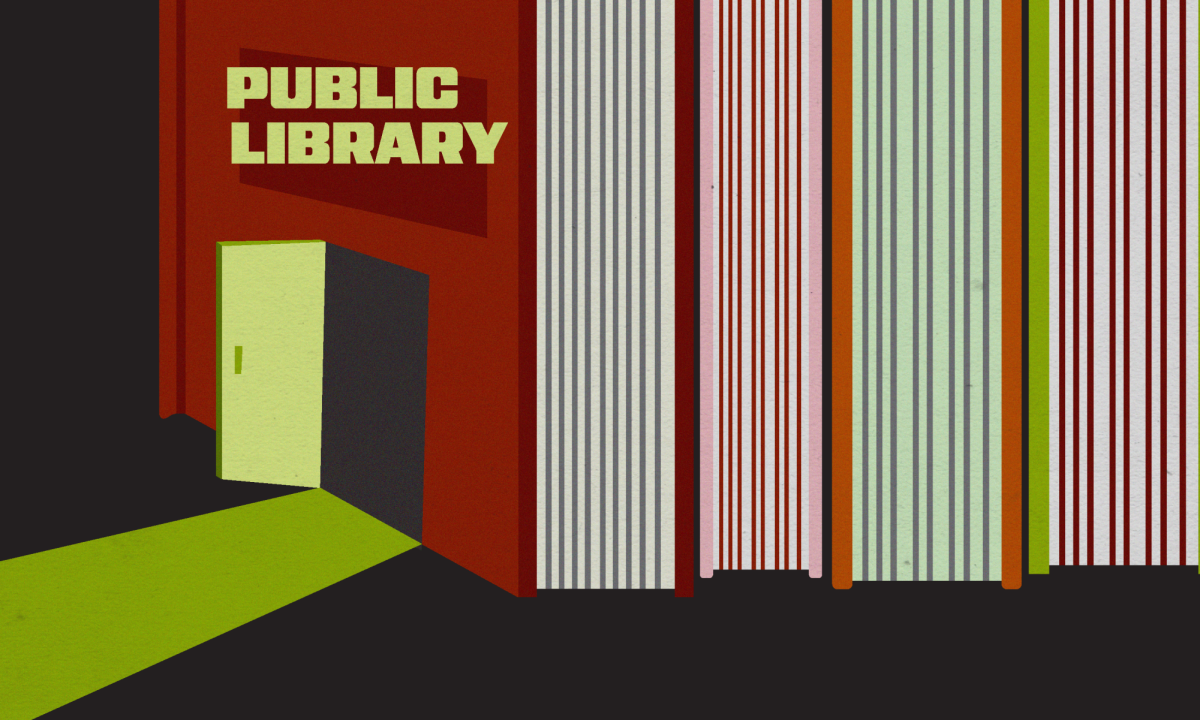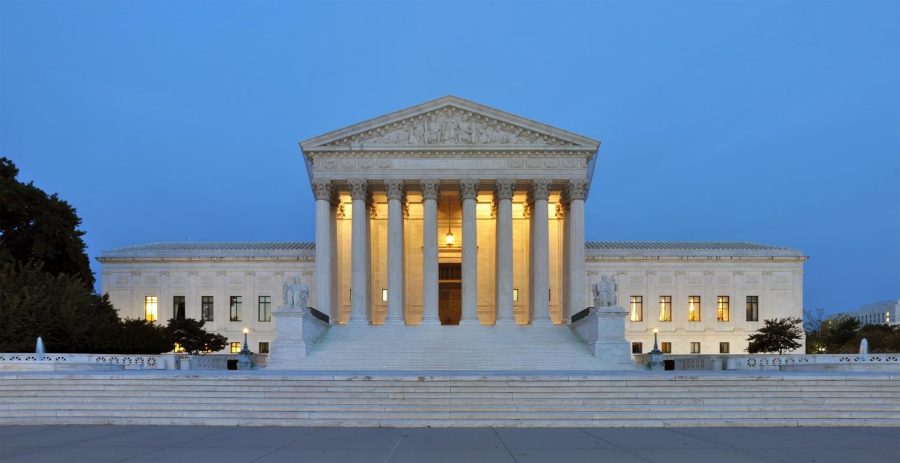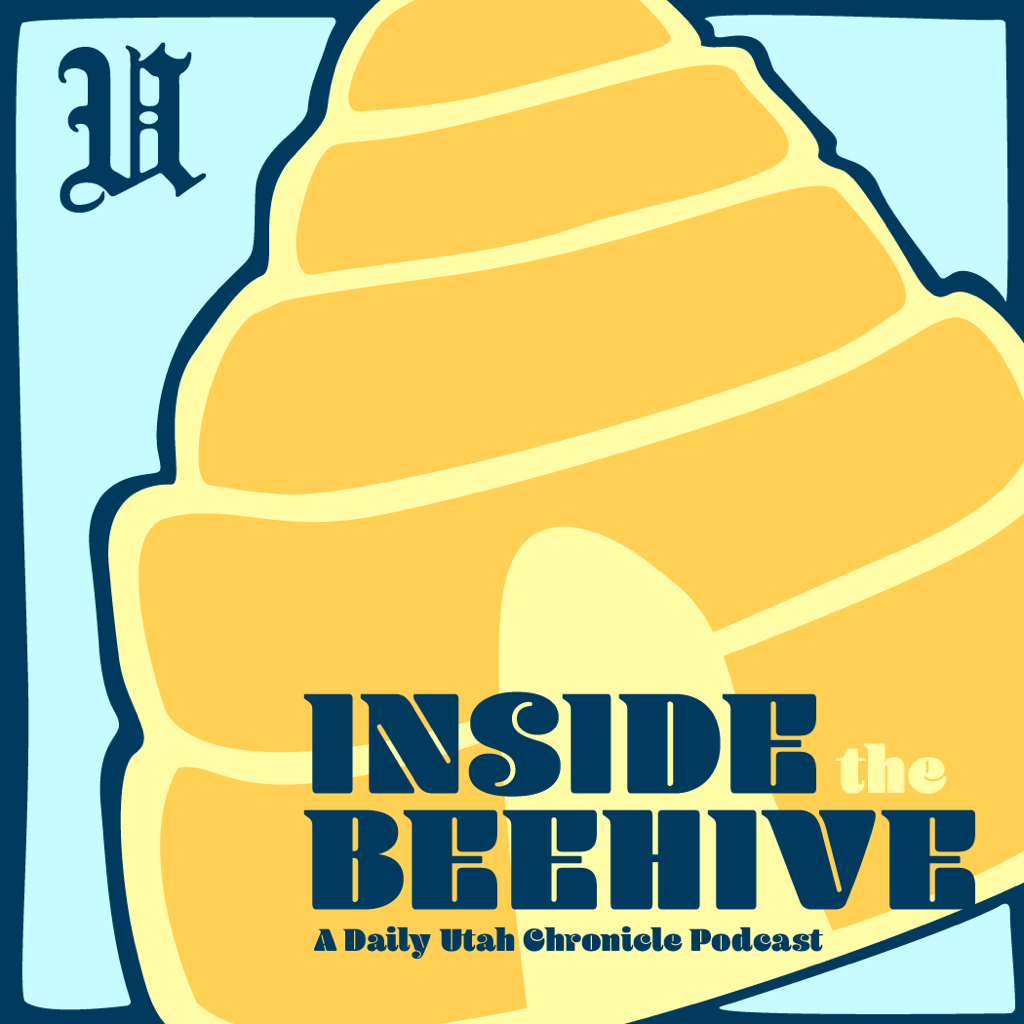Headaches come in all shapes and sizes, whether they are tension headaches or full-blown migraines. That’s why doctors say it is important to know what causes them and what treatments are available to prevent them.
An informational “Ask the Expert” meeting was held last week providing information about headaches. Kathleen Digre, a professor of ophthalmology and neurology, centered the discussion around women with migraines because more than 20 percent of women get them, she said.
Digre, who has been a headache specialist for 25 years, explained to attendees how headaches work. Headaches start in the brain with pain carried by nerves running through the head and neck. Near the brainstem is what Digre called “the migraine generator.” When this generator goes off, some people get nauseated or dizzy and some people yawn. This generator also causes pain in the back of the head or neck.
Julie Iwamoto, a sophomore in communication, said that her headaches are usually in the back of her head.
“Sometimes it feels like I’m getting brain surgery and the surgeons forgot to use the anesthesia,” Iwamoto said. “The pressure is unbelievable.”
Many people describe the pains as something pushing on the brain or nerves in the neck, Digre said. Most generators are sensitive to stimuli such as light, odors, noise and stress, causing headaches to occur.
Digre said it is important to know the difference between certain kinds of headaches because each differs in treatment. Tension headaches are the most common and the least painful. A tension headache usually consists of pain in any area of the head, a pressing or tightening feeling. Tension headaches, unlike migraines, do not include nausea, light sensitivity or sound sensitivity. Digre recommended aspirin, eating and plenty of sleep for tension headaches. She said the source of many headaches is not eating enough.
Migraines, on the other hand, usually need to be treated with more powerful medications, depending on the individual.
“Some people can take an Excedrin and it will take away their migraine, but some people can’t do that,” Digre said.
Digre said migraines commonly consist of pain in the head, neck and sinuses and are associated with nausea and vomiting. Migraines can alsoinclude pulsing or throbbing, and sensitivity to light and sound.
The chance of experiencing migraines also relates to family history.
“(Getting migraines) is a genetic condition,” Digre said. “Almost everybody who gets this has a family history of migraines. This means that if someone else in your family gets migraines, your chances of getting migraines skyrockets.”
Digre listed six major factors that play into triggering a headache: diet, environment, physical being, emotional being, hormonal state and medications.
She said there are different ways to prevent and treat headaches. Turning the lights down, receiving acupuncture, stretching muscles, icing muscles and hypnosis have all been known to reduce and ease headaches.
Annabelle Quinn, a freshman in ballet, suggested a simple solution for getting rid of a headache.
“I get headaches when people ask me stupid questions,” Quinn said. “To get rid of the headache, I get rid of the person.”

Headaches hurt. An informational meeting about the infliction was held at the U.











